Speed work drills to improve efficiency and reduce injury in middle distance runners are single and double leg bounding, A skips and B skips, and box jumps and monster or lateral band walks.
As a Division 1 collegiate sprinter incorporating specific drills to enhance speed had to be a consistent part of my training routine to be competitive. I have been running for the past 20 years and have since transitioned into running longer distances ranging from 5k's to half marathons.
In addition to being a physical therapist at Rose Physical Therapy, I was an assistant coach at a speed work training camps for runners of all levels and have worked with distance runners as a Physical Therapist for over a decade. I have seen consistent benefits with my clients who incorporate speed work into their long distance running routine, including decreased injury, more efficient running, faster splits, and overall race times.
Speed work drills include specific, reciprocal, repetitive motions with arms and legs that train the muscular system to respond quickly to running surfaces enhancing overall running performance. No matter the distance speed work drills are important for all runners. Long distance runners should do speed work drills for improvements in splits but also for the finishing kick at the end of a race. Here are a few of my personal favorites specifically for long distance runners.
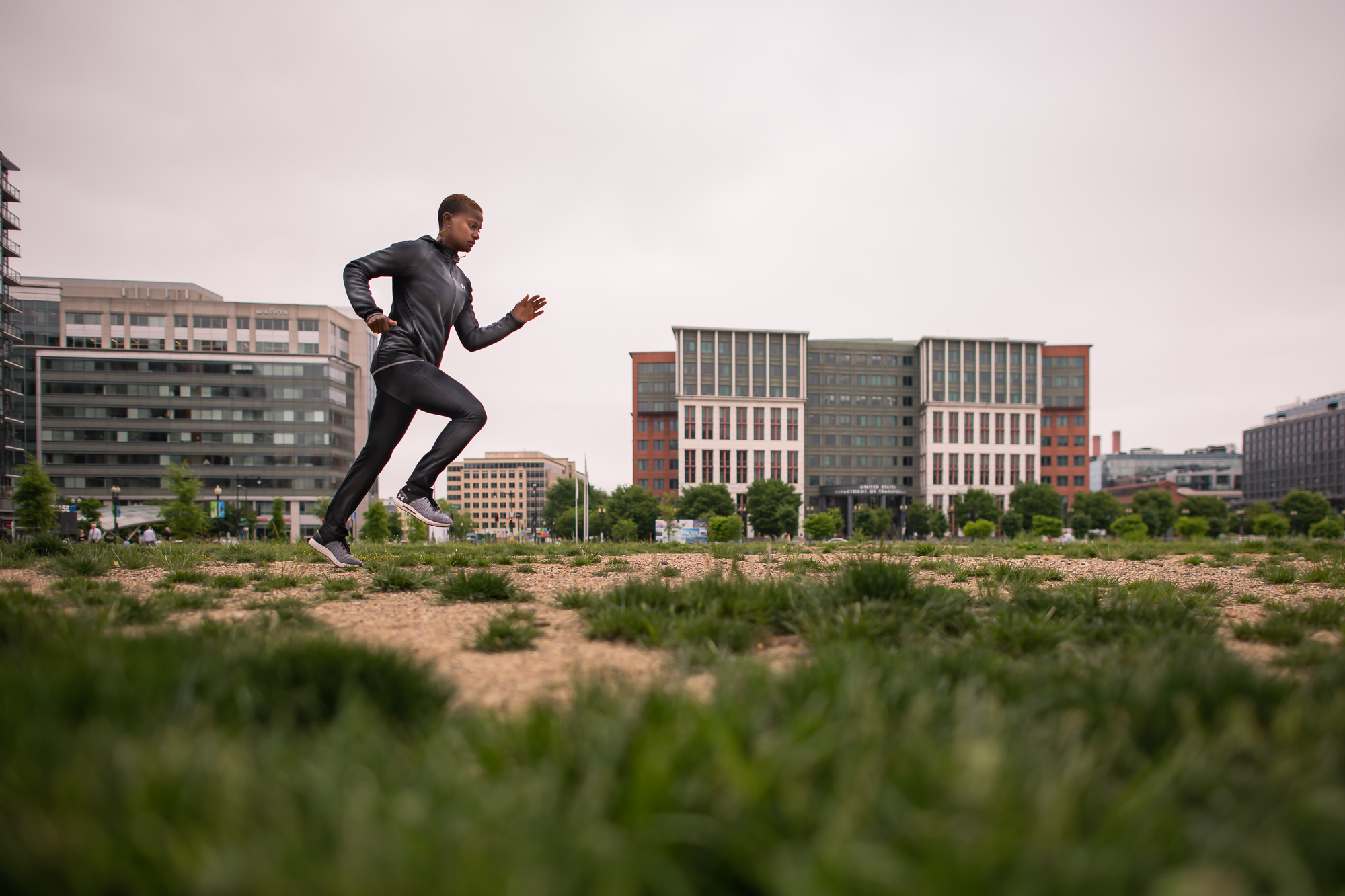
Single/Double leg Bounding-A major component of a any runners running stride includes time spent in the air. Every time our foot hits the ground a force is produced which propels us off the ground and into the air. By training muscles to re bound off the ground we can use those forces to propel us farther and faster while in the air making for a more powerful stride. Double leg Bounding drill will improve the ground reaction forces.
Key components: bounce of the ground vs. a hard landing, goal is to achieve more horizontal distance vs. vertical height, stay on toes as much as possible
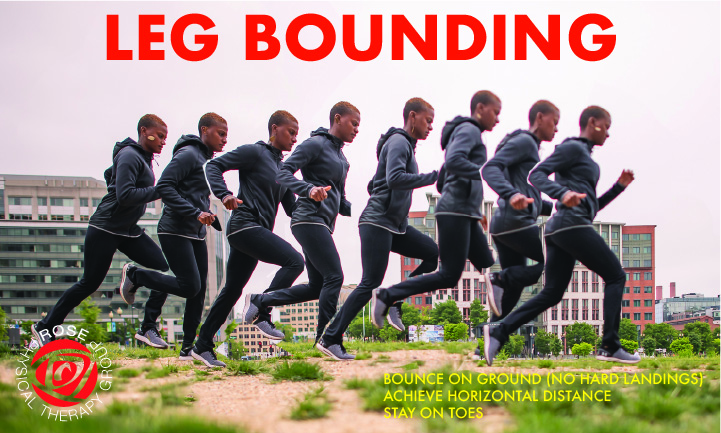
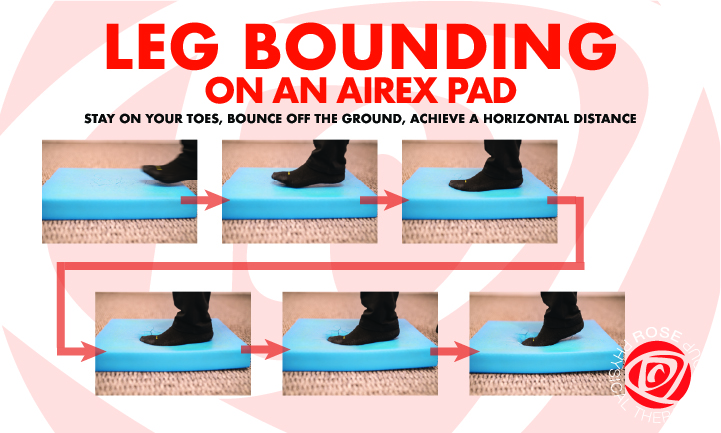
A Skips/B Skips- Each time our foot strikes the ground our muscles store energy by performing a quick stretch. A fraction of a second later that energy is then released into our stride. A Skip/B Skip drills will help you practice the speed of each foot strike and turnover, allowing for a quicker stretch and release of that energy for a more efficient stride pattern.
Key components: bounce of the ground vs. a hard landing, goal is to achieve more horizontal distance vs. vertical height, stay on toes as much as possible.
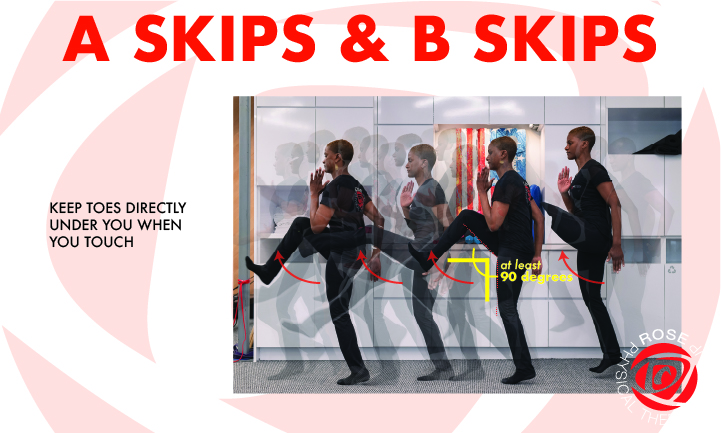
Ladder Drills- road racing and trail running require agility in the form of navigating changes in running surfaces. Performing ladder drills will train your muscles and joints to react faster to changes along the course, as well as improve balance for running on uneven surfaces. The faster a long distance runner can jump off a curb or react to a quick turn in direction, the more efficient the run.
key components: speed of movement is most important, make sure each foot contact is within each box of the ladder.
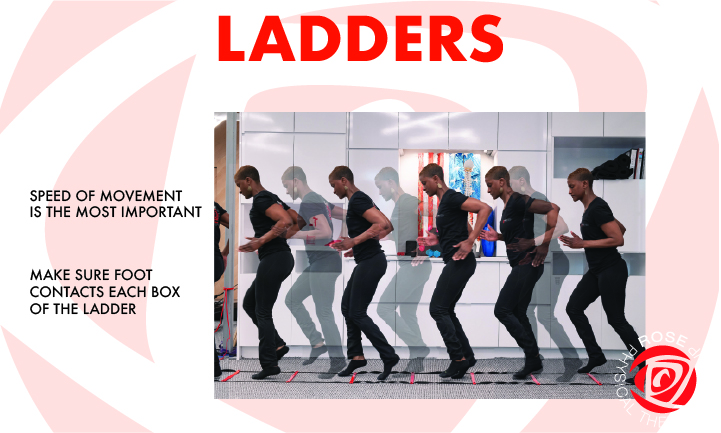
Box jumps/lateral band walks- strength and speed go hand in hand and both are especially important for injury reduction and faster times for runners. Performing speed work drills including box jumps and band walks will train global muscles important in running, including glutes and hamstrings. Improving the strength and flexibility in these muscles will help maintain muscular balance and strength and will significantly reduce injury while improving seep and efficiency.
key components: proper landing is important, make sure hips and knees stay aligned and knees aren’t going over toes, with landing weight should be more on heels vs. toes, avoid excessive motion at torso.
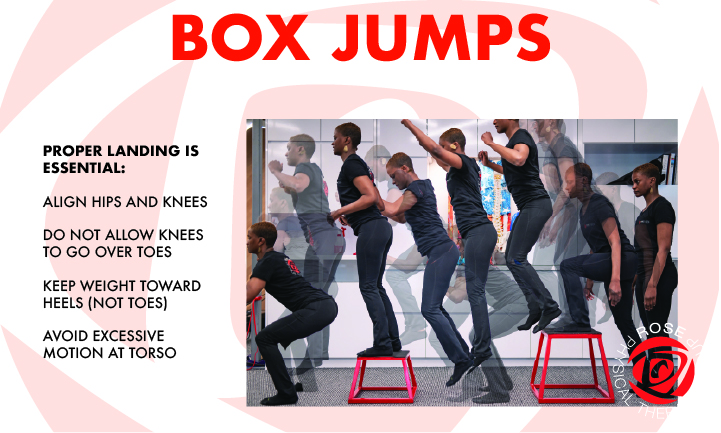
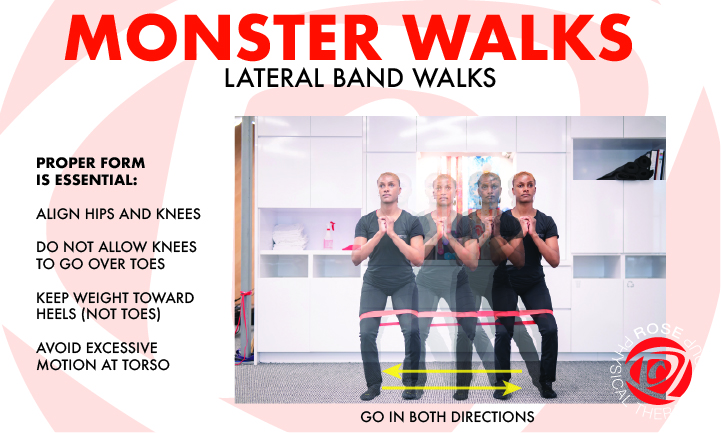
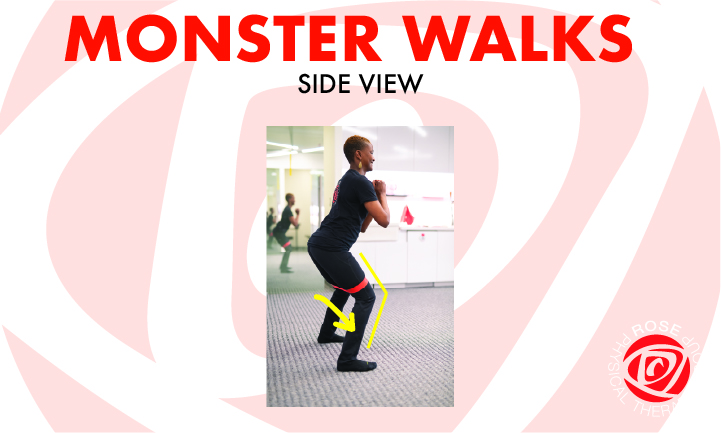
The trick to getting the most out of all these drills is to remember the faster your arms go the faster your legs will go. Don’t forget about the arms when performing these speed work drills. None of these drills should produce pain so perform them at your own level and come into to see a therapist at Rose PT if you are having any pain.
As a middle distance sprinter who transitioned to longer distance running I have personally experienced the advantages of adding speed work drills to my own workouts.
There is no need for special equipment, or specific running surface to perform these drills. With Washington DCs variety of running surfaces it is always a good idea to get outside and try to train on as many different surfaces as possible. You should not be avoiding speed workouts as a long distance runner. All the drills mentioned here will give you that extra push you need to cross the finish line, as well as that edge over your competition.
Being a physical therapist at Rose Physical Therapy the added benefit of reducing injury and reinjury is huge for me! Not only will performing these drills give you better race outcomes they will also protect the joints and muscles used for running such as hip flexors, calves, and hamstrings from injury. Make sure you are adding in speed workouts to your training and come into Rose PT for an evaluation from a Physical Therapist if you are having any pain or would like a specific evaluation of your running form (see Rose Physical Therapy running assessments).


